Культурная эволюция Homo sapiens - [2]
Cremation, which is quite widespread today, was familiar to our ancestors. The author gives a chronology of the development of cremation and asks the question: why were the deceased cremated? And why exactly such a funeral activity evolved in the late Homo Sapiens of 40 thousand years ago?
Archaeological finds indicate that our ancestors have used jewelry since ancient times. The book provides a chronology of finds (130 thousand, 80 thousand, 60 thousand and 47 thousand years ago), tells about the late Paleolithic cultural revolution and the development of the culture of human adornment. What could have prompted our ancestors to make jewelry? What events took place in the human environment that led to cultural transformations? The author expresses his hypotheses about why the jewelry served ancient people. He sees jewelry primarily as amulets, which, according to the ancestors, were supposed to protect them from evil spirits (diseases), and also tries to solve the biggest mystery that many scientists are struggling with — why Neanderthals, and then Sapiens, used bird claws, animal teeth and shells for jewelry.
Hair loss is another of the not fully solved secrets of our ancestors. The author does not consider all the hypotheses that exist in this regard. The author himself considers in detail only one hypothesis closest to him, information, as well as excerpts from various scientific articles give food for thought why a person lost his fur. Having got rid of the hair cover, a person simultaneously got rid of harmful insects — lice and fleas, which caused significant harm to his health.
But after parting with them, the hairless man faced a new problem — flying blood-sucking insects and was forced to seek protection from them. Ochre (iron hydroxides) became the salvation. Even in the Middle Paleolithic, the Presapienses and Neanderthals began to use it quite widely. Ochre was mined in mines many kilometers away from housing, but such difficulties did not frighten the ancestors, the result was more important. The resulting ochre powder was smeared on the body. However, even today the opinions of scientists about the use of ochre differ. The book examines all hypotheses and focuses on the most probable, from the author’s point of view, the reason for the use of ochre in antiquity.
Historical and archaeological evidence shows that tattooing has been practiced since the depths of centuries, since the Upper Paleolithic period, and we still see echoes of this phenomenon today. Why did people put tattoos on their bodies? The author has his own opinion on this issue.
What were the combs and mirrors found in numerous excavations used for? Was their appearance caused by the desire of their ancestors for beauty or by social necessity? Or maybe they served the observance of the simplest hygiene? The reader learns the author’s position from the book.
How did a person learn to melt metals and what prompted him to do this?
The book tells about the history of their production and use, as well as about why humanity switched to completely new smelting technologies and mastered metals such as copper, bronze, iron.
But the Bronze Age ended in a real disaster for many countries. At the end of it there is the collapse of the Mycenaean kingdoms, the Hittite kingdom in Anatolia, Syria, Egypt is falling into decline. The collapse of culture throughout the Middle East and the Eastern Mediterranean is accompanied by a political and economic collapse, in which, in parallel with the decline of some civilizations, new civilizations and new ideologies were born. Scientists cannot come to a general conclusion about the causes of the «Bronze Age catastrophe».
It was at the same time (XIII century BC) that the transition of mankind from polytheism to monotheism took place. Why is the change in the religious views of our ancestors associated with the crisis period?
Glass producing has opened up new opportunities for humans. Of course, it all started with the simplest glass products. But with the development of physics and optics, it turned out that glass allows you to make unheard-of discoveries. Thanks to glass, new specific optical devices have appeared, designed for various physical and physico-chemical studies, spectral analyses. All astronomical discoveries are made with the help of a telescope. Without glass, we would not be able to enter the space age. But we are interested in when and why Sapiens began to get the first semblance of glass from sand. The book will tell you about this too. And after a person went from simple glass blowing to the production of vacuum flasks and connected it with electricity (another scientific breakthrough), humanity received the first lighting lamps, rapidly broke into the age of computer science and the atomic era.
The book will interest not only readers, but also scientists and specialists.
Contents
1. Fire
Neanderthals and fire
Culinary hypothesis
Taming the Fire
The price and importance of fire
Vegetable food and self-medication
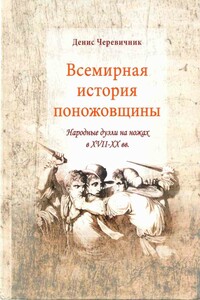
Вниманию читателей предлагается первое в своём роде фундаментальное исследование культуры народных дуэлей. Опираясь на богатейший фактологический материал, автор рассматривает традиции поединков на ножах в странах Европы и Америки, окружавшие эти дуэли ритуалы и кодексы чести. Читатель узнает, какое отношение к дуэлям на ножах имеют танго, фламенко и музыка фаду, как финский нож — легендарная «финка» попал в Россию, а также кто и когда создал ему леденящую душу репутацию, как получил свои шрамы Аль Капоне, почему дело Джека Потрошителя вызвало такой резонанс и многое, многое другое.
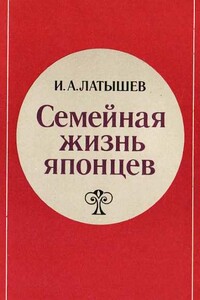
Книга посвящена исследованию семейных проблем современной Японии. Большое внимание уделяется общей характеристике перемен в семейном быту японцев. Подробно анализируются практика помолвок, условия вступления в брак, а также взаимоотношения мужей и жен в японских семьях. Существенное место в книге занимают проблемы, связанные с воспитанием и образованием детей и духовным разрывом между родителями и детьми, который все более заметно ощущается в современной Японии. Рассматриваются тенденции во взаимоотношениях японцев с престарелыми родителями, с родственниками и соседями.
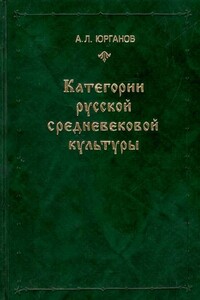
В монографии изучается культура как смыслополагание человека. Выделяются основные категории — самоосновы этого смыслополагания, которые позволяют увидеть своеобразный и неповторимый мир русского средневекового человека. Книга рассчитана на историков-профессионалов, студентов старших курсов гуманитарных факультетов институтов и университетов, а также на учителей средних специальных заведений и всех, кто специально интересуется культурным прошлым нашей Родины.
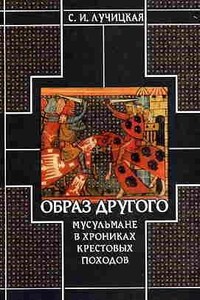
Книга посвящена исследованию исторической, литературной и иконографической традициям изображения мусульман в эпоху крестовых походов. В ней выявляются общие для этих традиций знаки инаковости и изучается эволюция представлений о мусульманах в течение XII–XIII вв. Особое внимание уделяется нарративным приемам, с помощью которых средневековые авторы создают образ Другого. Le present livre est consacré à l'analyse des traditions historique, littéraire et iconographique qui ont participé à la formation de l’image des musulmans à l’époque des croisades.
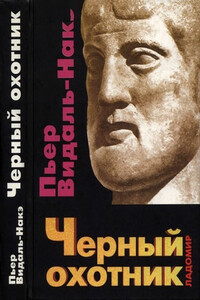
Пьер Видаль-Накэ (род. в 1930 г.) - один из самых крупных французских историков, автор свыше двадцати книг по античной и современной истории. Он стал одним из первых, кто ввел структурный анализ в изучение древнегреческой истории и наглядно показал, что категории воображаемого иногда более весомы, чем иллюзии реальности. `Объект моего исследования, - пишет он, - не миф сам по себе, как часто думают, а миф, находящийся на стыке мышления и общества и, таким образом, помогающий историку их понять и проанализировать`. В качестве центрального объекта исследований историк выбрал проблему перехода во взрослую военную службу афинских и спартанских юношей.
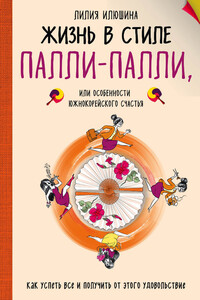
«Палли-палли» переводится с корейского как «Быстро-быстро» или «Давай-давай!», «Поторапливайся!», «Не тормози!», «Come on!». Жители Южной Кореи не только самые активные охотники за трендами, при этом они еще умеют по-настоящему наслаждаться жизнью: получая удовольствие от еды, восхищаясь красотой и… относясь ко всему с иронией. И еще Корея находится в топе стран с самой высокой продолжительностью жизни. Одним словом, у этих ребят, полных бодрости духа и поразительных традиций, есть чему поучиться. Психолог Лилия Илюшина, которая прожила в Южной Корее не один год, не только описывает особенности корейского характера, но и предлагает читателю использовать полезный опыт на практике.